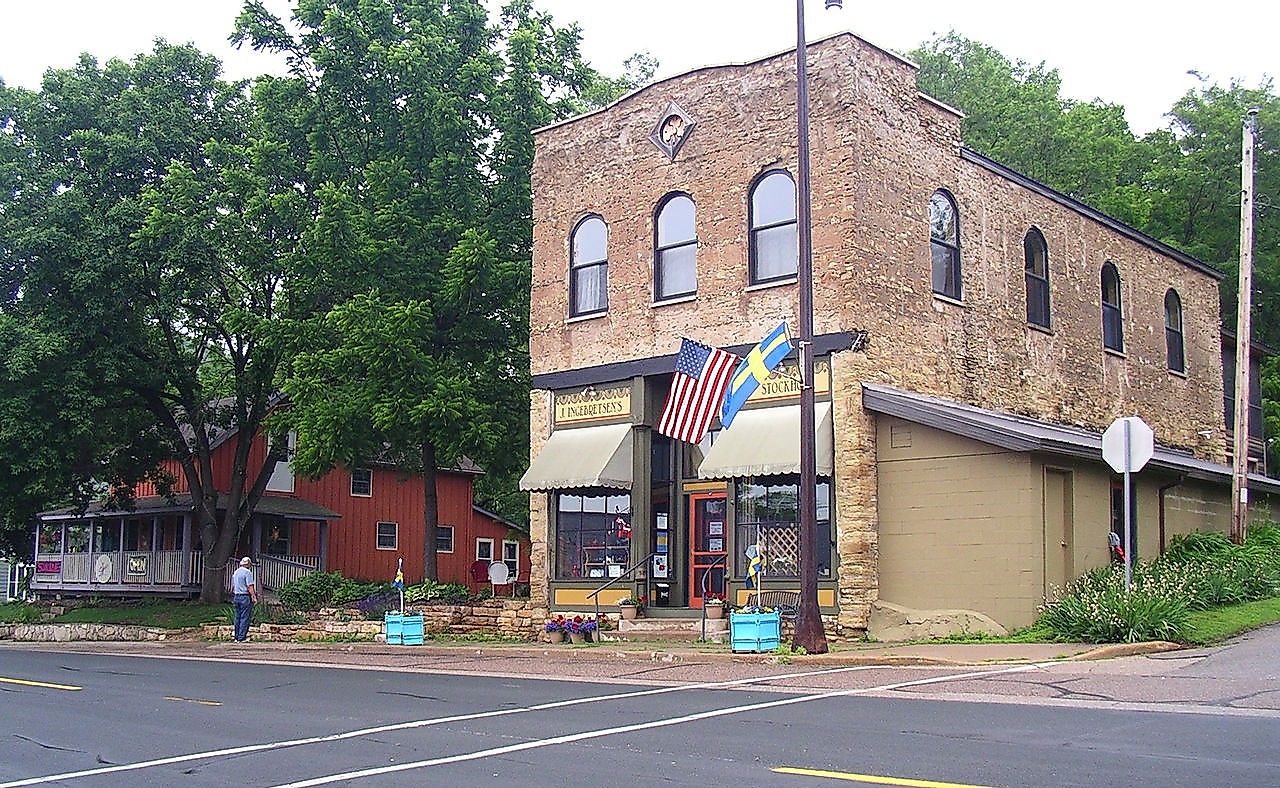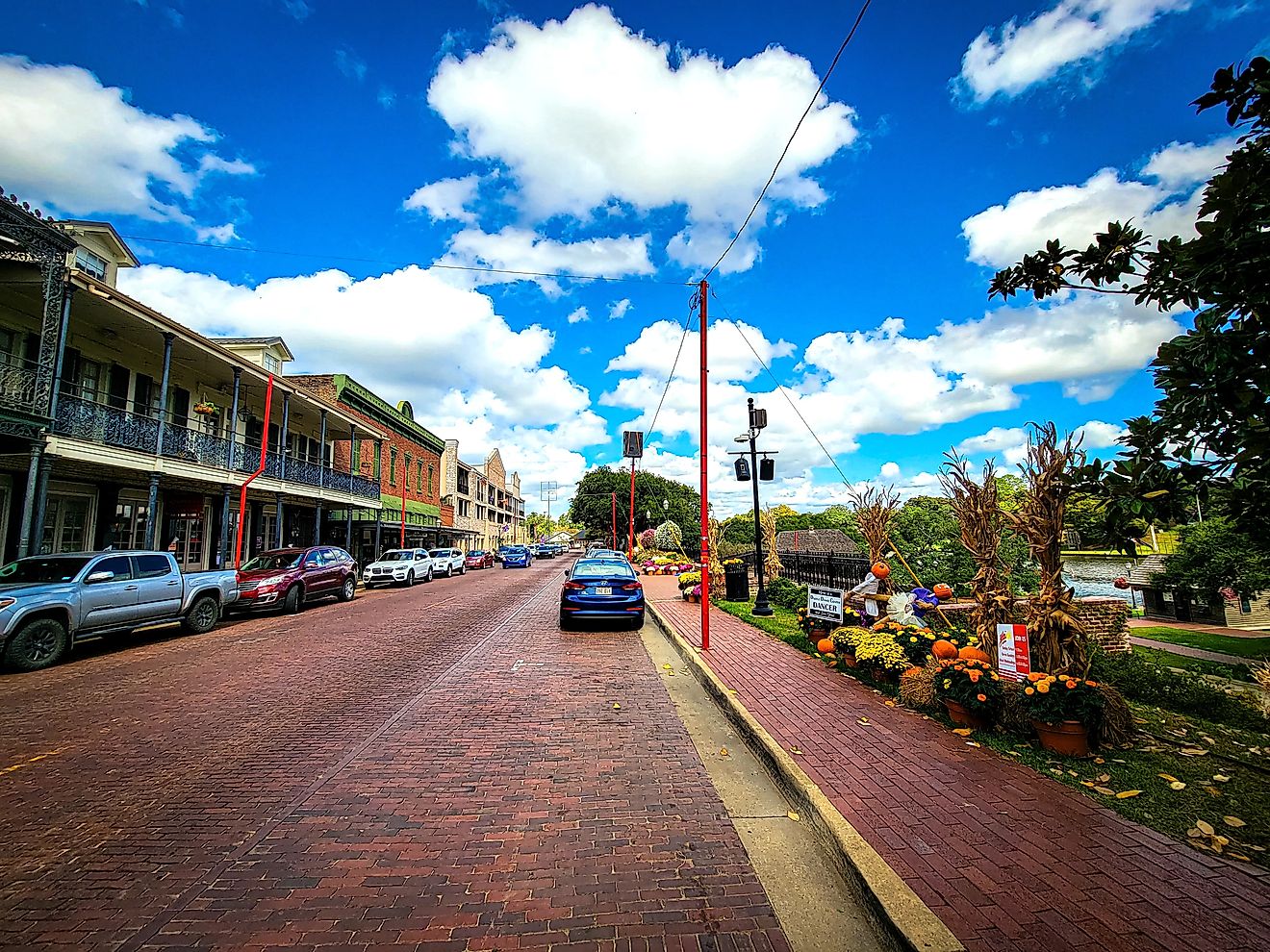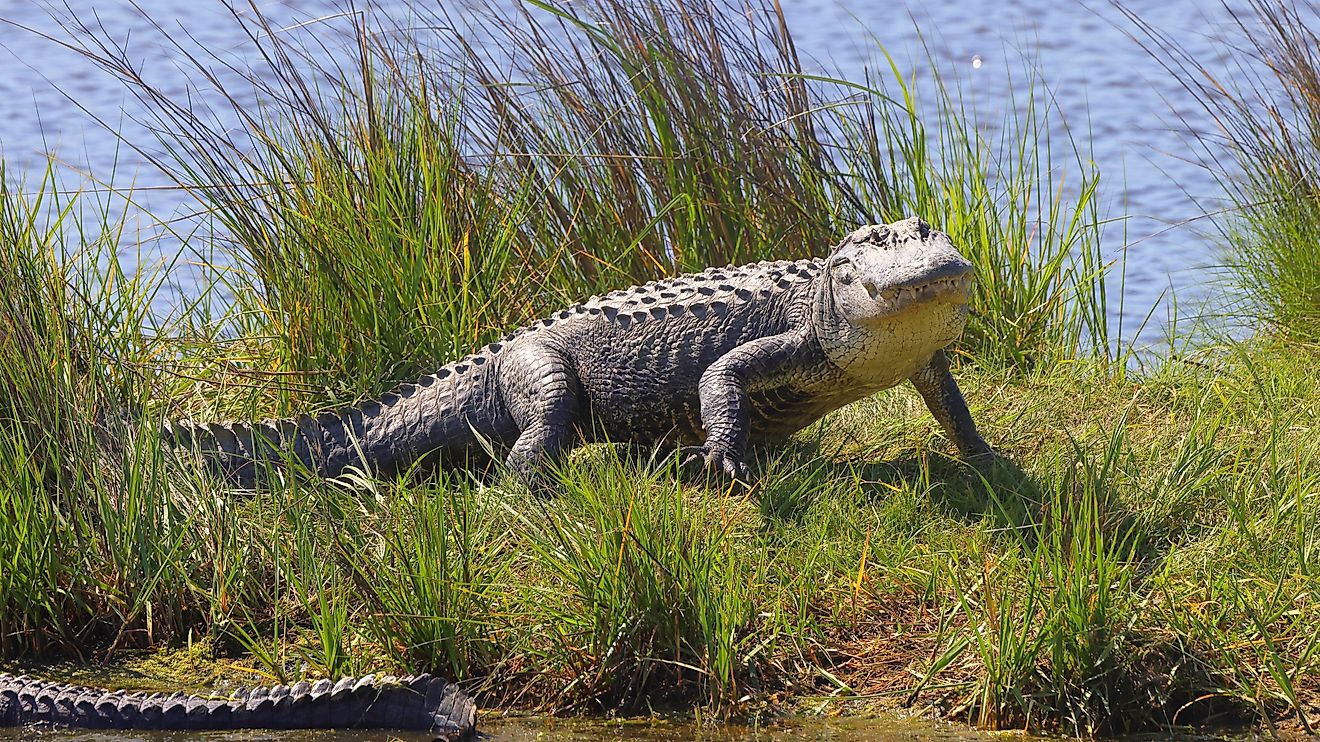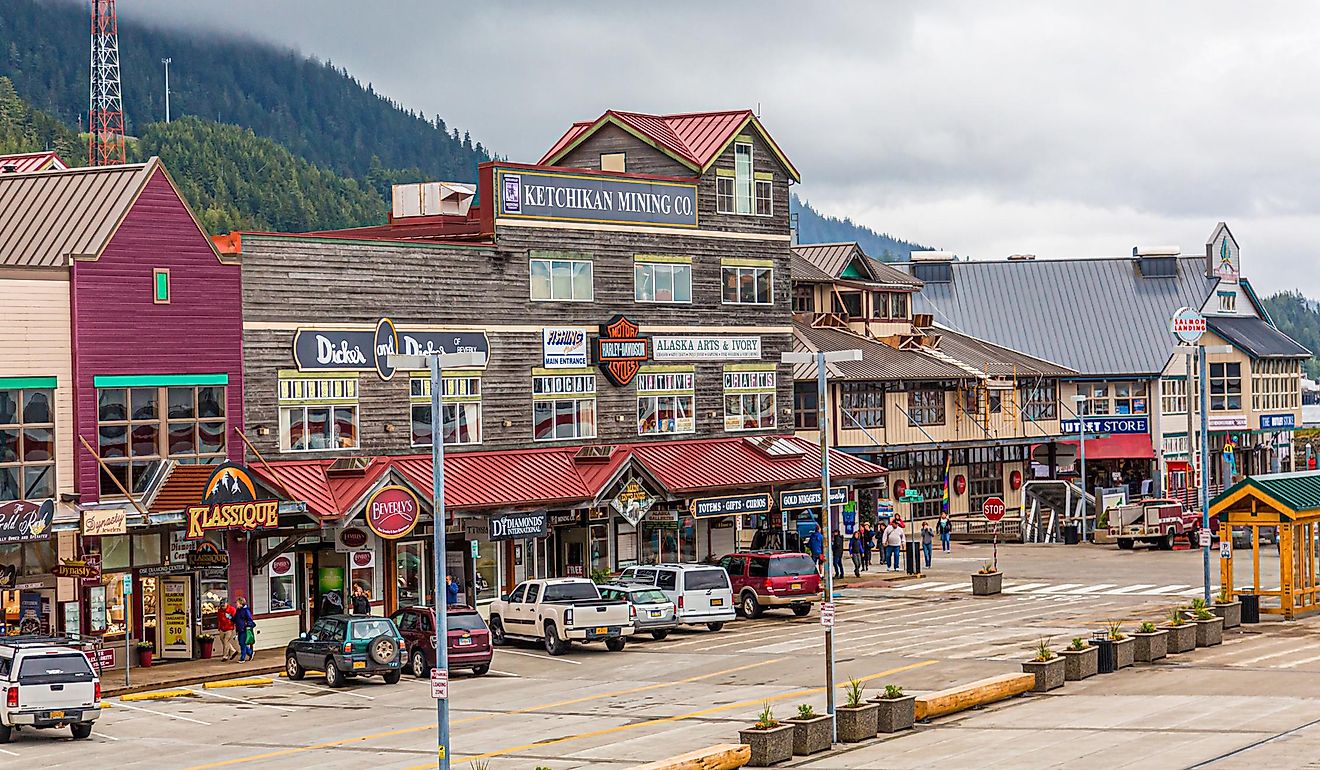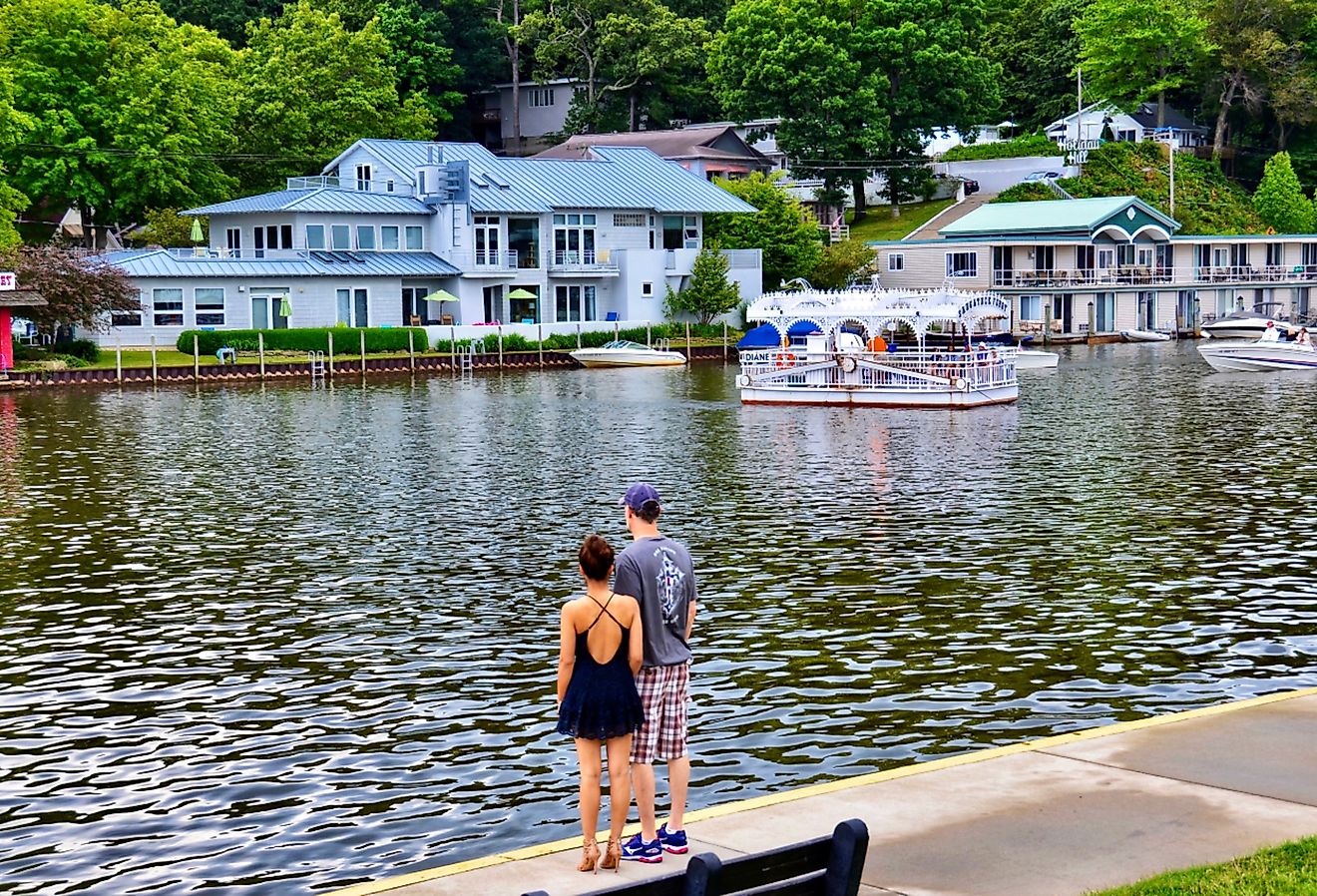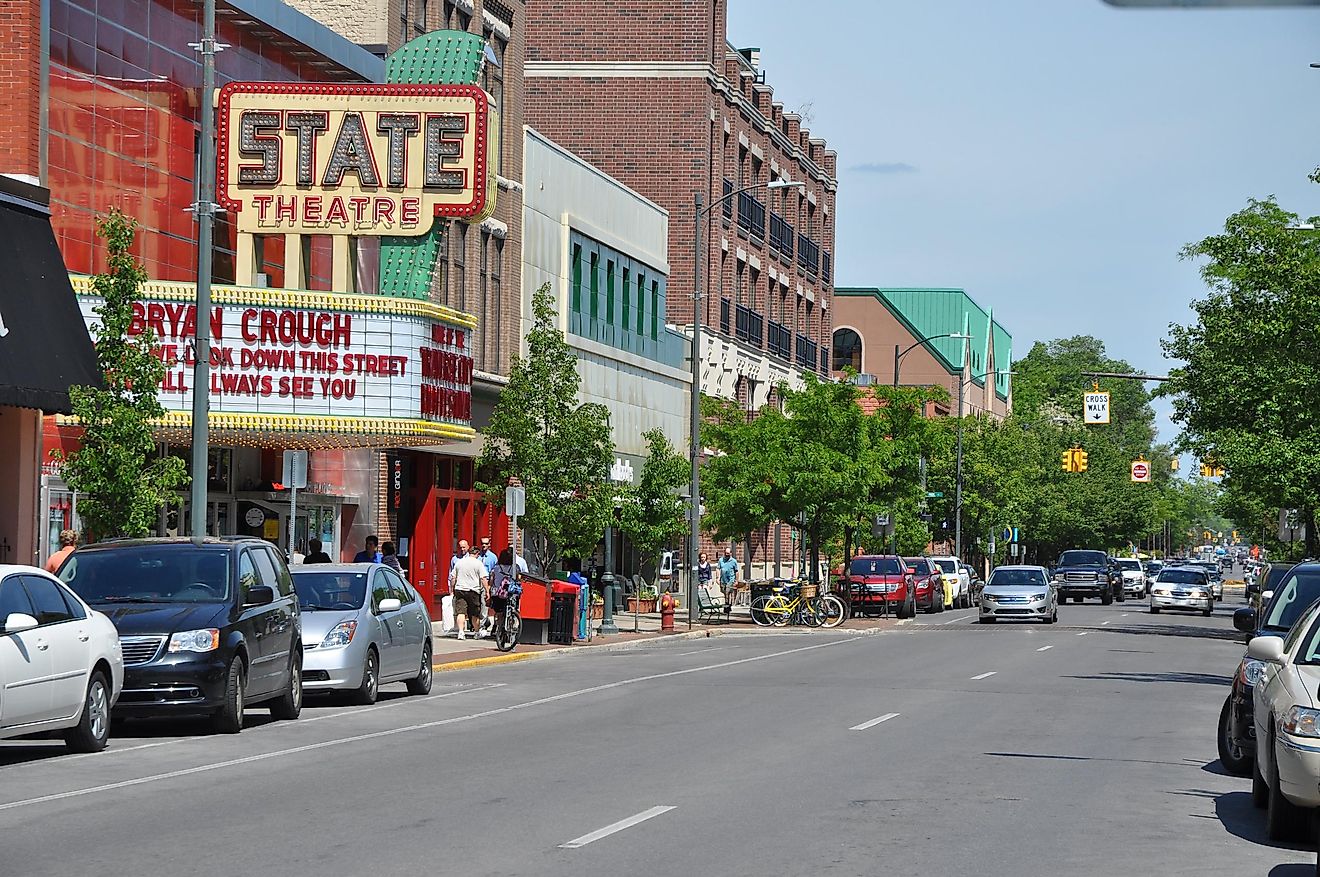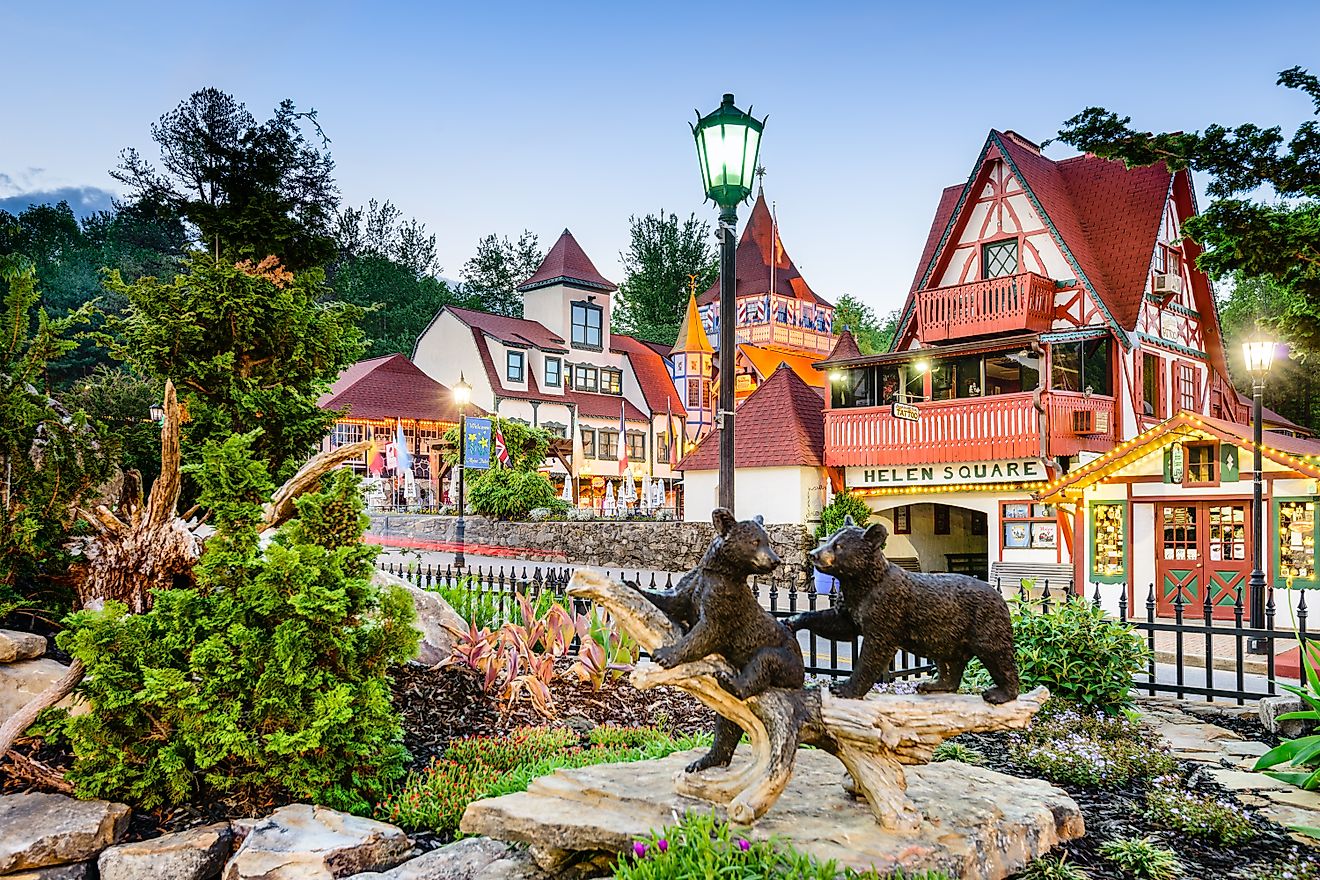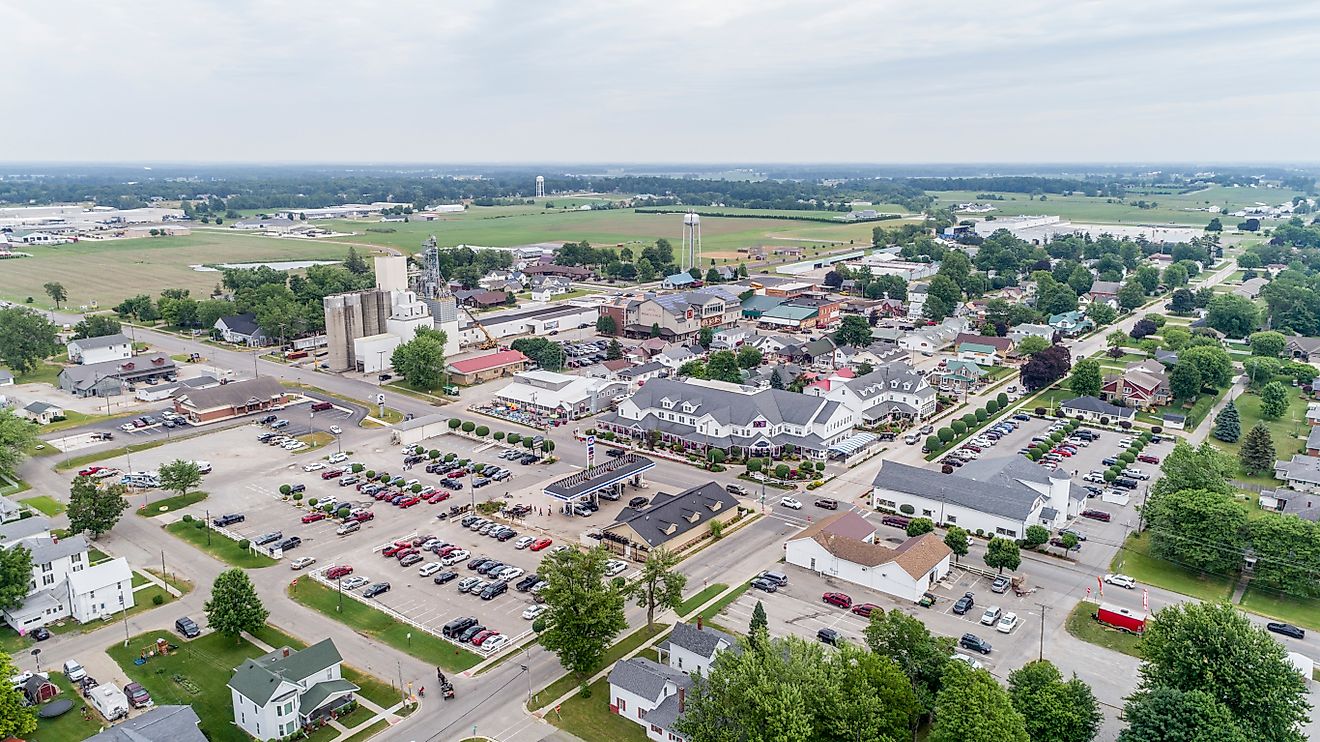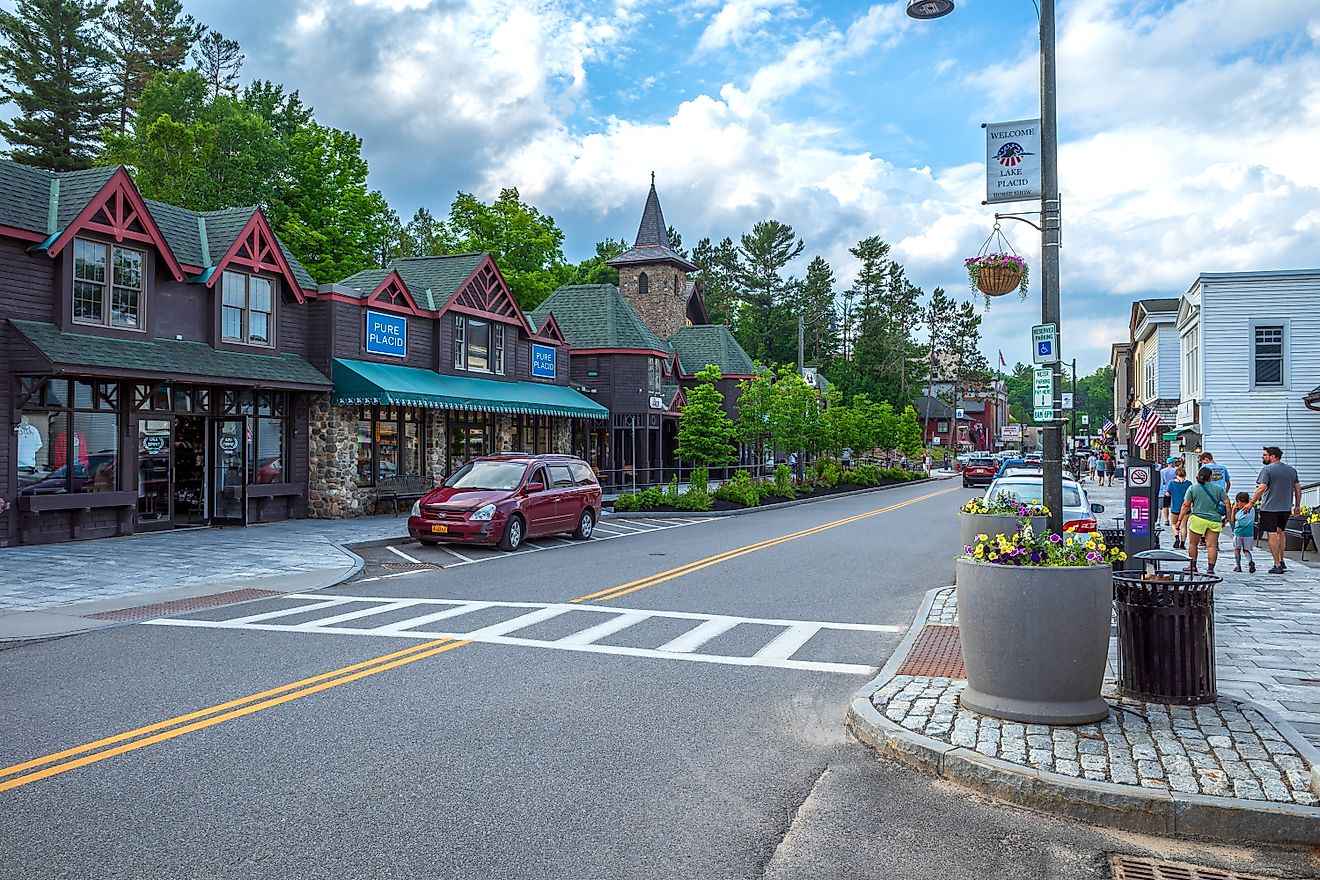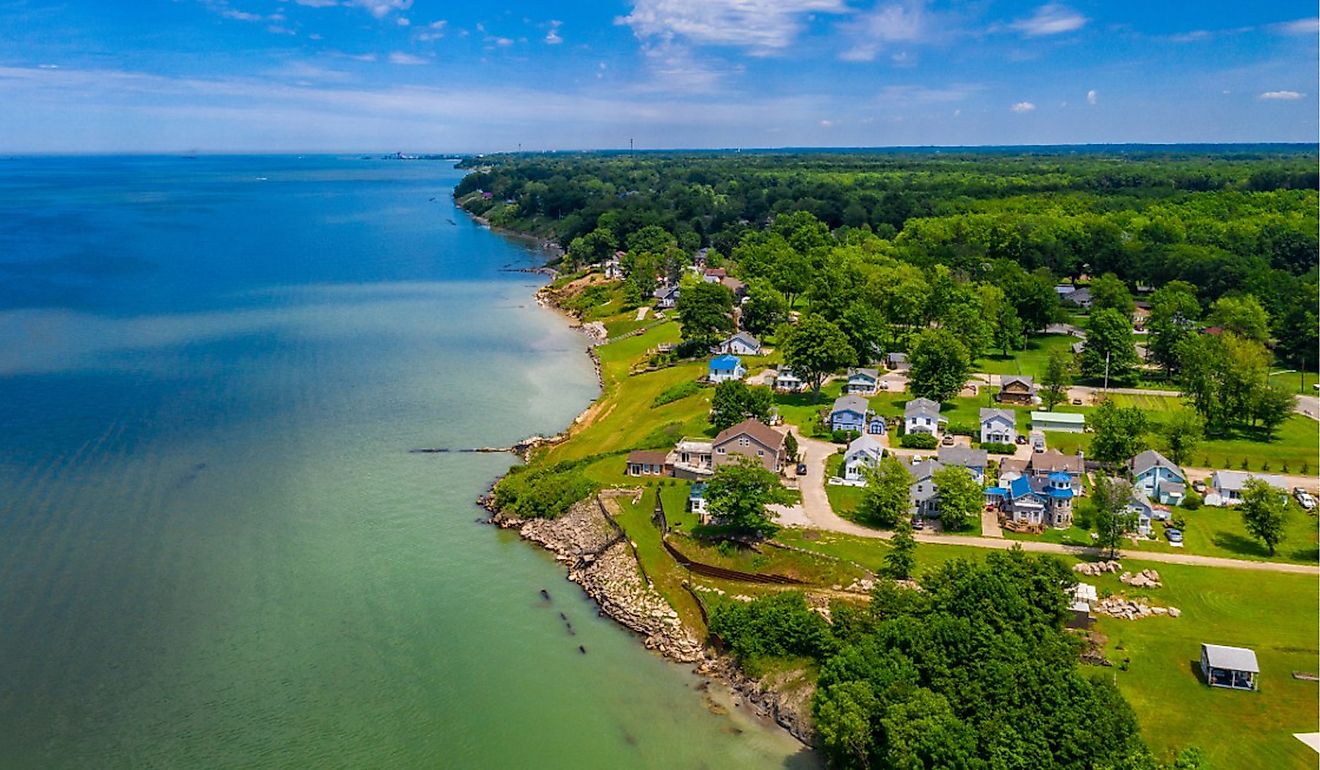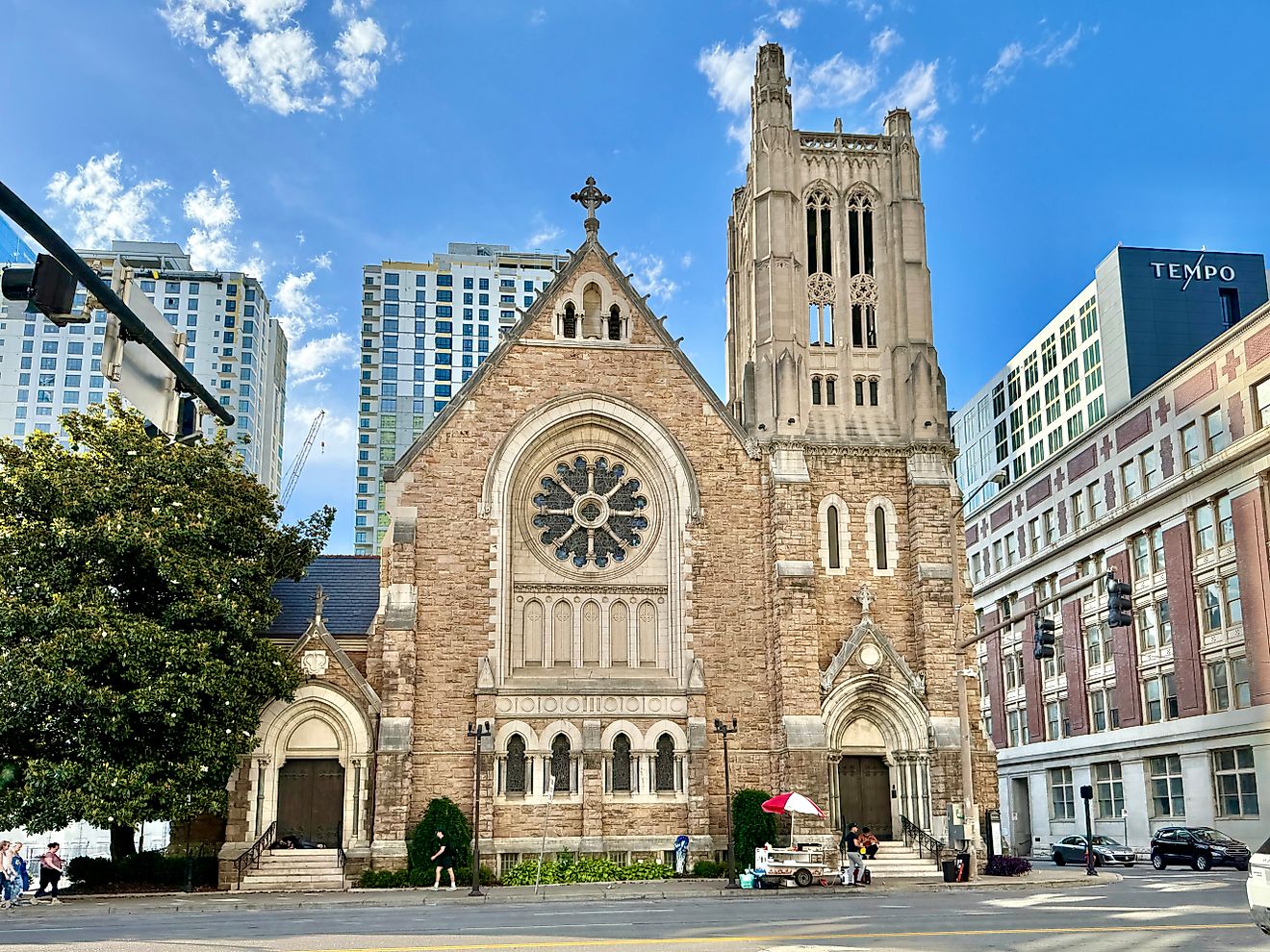
7 Prettiest Small Towns In The Adirondack Mountains
The State of New York sits upon such diverse terrain that grows increasingly unruly as it cascades northward into the Adirondack Mountains. It leaves behind its armor as the world's predominant harbor, shedding artificial miracles in favor of evergreen fortresses and granite domes. Piercing the sky at over 5,000 feet, the Adirondack region spans a massive expanse of millions of acres, making it the largest protected area in the contiguous United States. Far removed from New York City's commuter clangor or the Hudson Valley's manicured charm, this region favors elevation over embellishment. The many pretty towns here are not carved from commerce but from endurance, manifesting the edge of the wilderness in the flow of cold winds and abject echoes.
The Adirondack Park region yields a kind of unspoken contract that emphasizes solitude over spectacle and altitude over artifice. Visitors marking it on their itinerary are scarcely chasing cell service but calling their adventurous side to take the lead. From navigating the many glacial ponds, like Lake Placid's Mirror Lake, to strolling through the timber-thick passes, these communities breathe in tempo with the seasonal transitions. These Adirondack small towns don't merely maintain proximity to nature but are embodiments of it, emerging as standouts to visit in 2025.
Saranac Lake
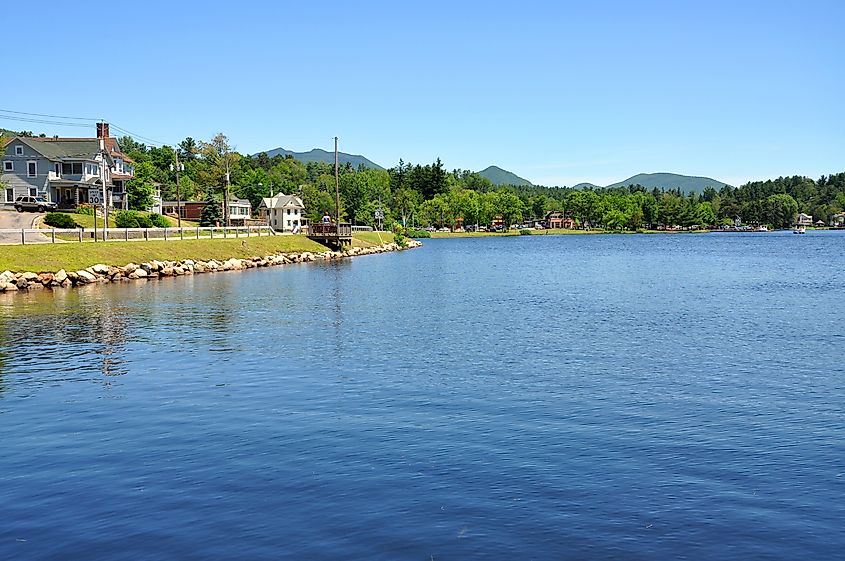
Saranac Lake is a tourist-heavy village that connects visitors to not one but three beautiful lakes: Lake Colby, Lake Flower, and Lower Saranac Lake. Recreation becomes a staple here as water encircles the village alongside its many bays, beaches, islands, and backcountry trails. Without even heading out of the town, one could explore Mount Pisgah's ski area and Dewey Mountain Recreation Center, a hotspot for skiing, snowshoeing, and mountain biking among countless other outdoor pursuits. For a slightly less challenging diversion, the Adirondack Carousel consists of a whimsical ride that also highlights local wildlife.
Downhill hiking, snowball fights, and snowman-building enrich the everyday atmosphere, though it’s the Winter Carnival that best expresses Saranac Lake’s culture. Activities from snowmobiling and ice skating to parading with bagpipe-led marching bands decorate the 10-day extravaganza. Another appealing backdrop is Lake Flower, gorgeously resting between the town’s jostling markets. Picnicking along Riverside Park, one can enjoy the views of the Ice Palace during the carnival and take in the annual boat and canoe races held on its waters in warmer weather.
Mayfield
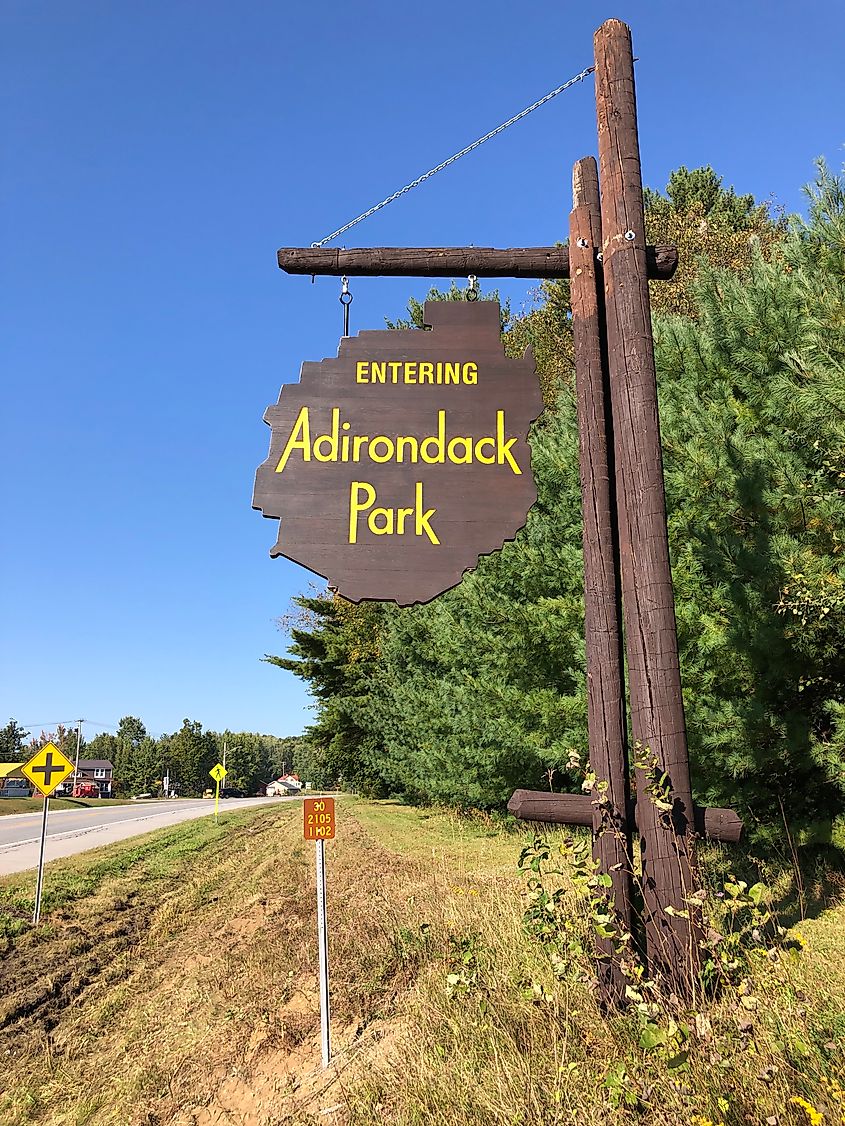
Less than 50 miles northwest of New York’s capital Albany, Mayfield finds a rhythm of its own near the edge of the Great Sacandaga Lake. Its shorelines pull the entire town into view, giving way to raft launches, ski trails, and fishing outposts without pushing too far into commercial sprawl. While Silver Lake Wilderness and its surrounding reservoirs line the region westward with larger resorts, Mayfield Municipal Park provides just enough ground to wade in or paddle out. Adirondack Animal Land, a short drive southeast, is a safari-style loop where zebras, giraffes, and even kangaroos roam its drive-through section. Operating only in warmer months, the zoo’s rare sightings stimulate wildlife enthusiasts deep in the Northeast.
The long-standing Rice Homestead remains one of the last original colonial homes in the United States. Now operating as a museum, the structure documents both Mayfield’s evolution and its early American ties. Each year, with the advent of summer, the property also becomes a community hub for the Strawberry Festival. Crowds gather to celebrate the warmer turn in the climate with shortcakes, string bands, and live music. Just south, Lakeside Tavern & Marina continues to serve its name well with evening tastings and a familiar crowd by the water.
Plattsburgh
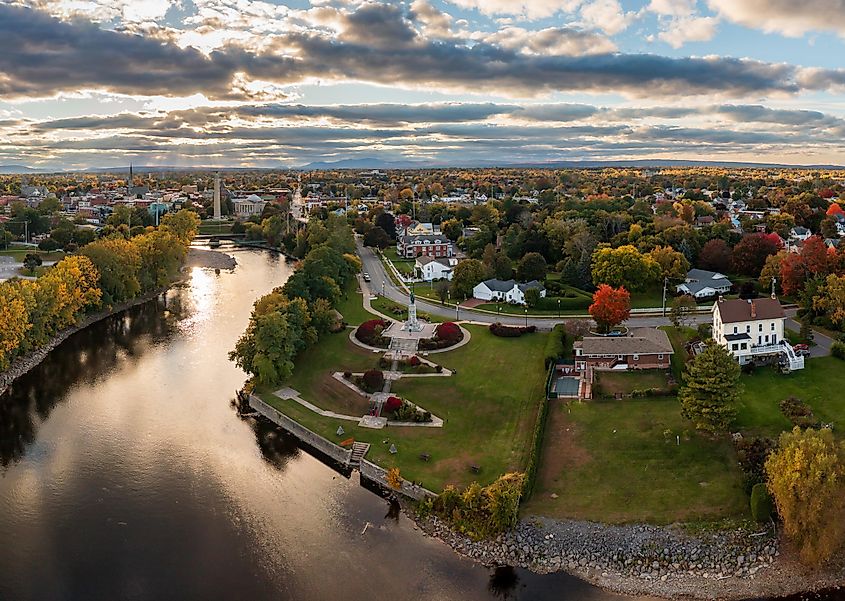
Near the banks of Lake Champlain, Plattsburgh sits as one of New York’s northernmost towns, just a 30-minute drive from the Canadian border. Ferries connect it to New England, particularly Vermont’s Grand Isle State Park across the lake’s broad expanse. The freshwater body enables recreation year-round, its shores shadowed by the Adirondack foothills. The Saranac River empties into this Sixth Great Lake, its current enriching the local circuit for whitewater kayaking and canoeing. Cumberland Bay State Park lines the shoreline with sand beaches as its cabin and trailer sites remain in demand through summer and autumn.
Winter shifts the rhythm in Plattsburgh rather than halting it, as the lake’s frozen surface draws ice fishers almost immediately. Its serenity contrasts sharply with the wartime significance of the past, especially during the Battle of Plattsburgh, when British forces launched a major offensive. The War of 1812 Museum in the adjacent city examines the conflict with detailed exhibits and accounts. If you want to dine among the locals, diners like Gus' Red Hots routinely rank among the town’s favorite local spots.
Schroon
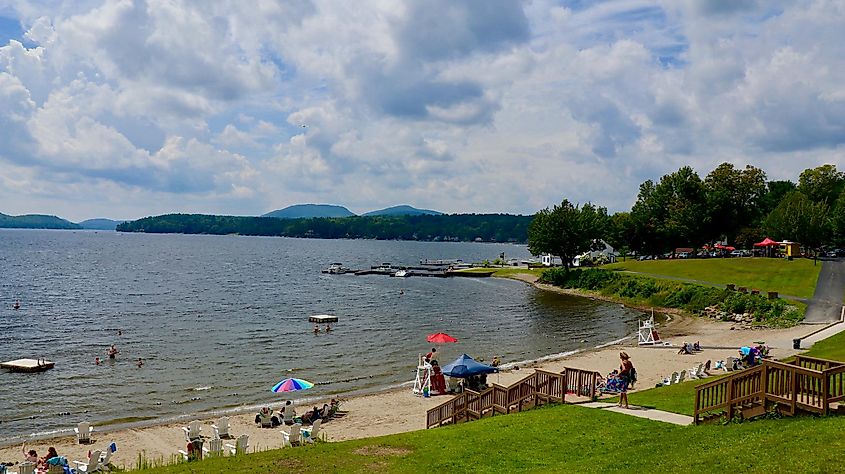
Schroon remains as prosperous and adventurous as a town can be in the northern Adirondacks. Not only does it sit at the upper edge of its namesake lake, but it also finds itself west of Pharaoh Lake Wilderness Area, both of which make for a terrain defined by trails, water, and woodlands. Among the lake’s three official launch points, the one through the public beach off US-9 runs through town, bringing in seasonal traffic during summer for boating. In fall, however, leaf peeping through colored foliage outshines all else. Clark's Island in the middle of the lake acts as a camping ground and is often animated by youth programs.
The surrounding Lockwood Bay and the wider Schroon River lagoons give the area its water-heavy personality, almost coastal in feeling. A short drive north brings you to Mount Severance Trailhead, with panoramic views from nearly 1,700 feet up. Cultural fixations stay alive through events like the annual Adirondack Folk Music Festival at the Town Park & Bandstand. The lake-circling 26-mile Adirondack Marathon also marks its finish line within the town, ensuing honors and further celebration. For a more relaxed experience, the Schroon-North Hudson Historical Museum offers a more leisurely approach to absorbing local history and culture. The museum preserves artifacts, including dishware from bygone eras, such as those from resorts and children’s camps, as well as banners and uniforms.
Chester

Part of the Glens Falls metropolitan area, Chester encompasses the Warren County hamlets of Pottersville and Chestertown. These two flank Loon Lake and lie near the southern edge of Schroon Lake, creating a pocket of natural recreation where watersports like rafting, fishing, and boating thrive. Pottersville, particularly, houses Chester's paramount attraction: the Natural Stone Bridge and Caves. With its transfixing marble formations, the site features a system of eleven caves and whirlpool structures, with Stone Bridge Cave leading the pack. An underground river runs through, carving potholes into the rock, many still visible even during dry seasons. Trout Brook furthers this natural allure, with its spellbinding waterfalls forming a visual harmony with the surrounding foliage.
Another favored trek is the Stewart Mountain Trailhead, which traces the banks of Loon Lake. Nearby, Kipp Mountain invites hikers to take on its rolling terrain, rewarding every climb with Adirondack spirit. For a more adrenaline-driven experience, the Adirondack Extreme Adventure Course adds an artificial challenge to the wild surroundings, heightening the sense of exploration without leaving the forest’s edge.
Webb
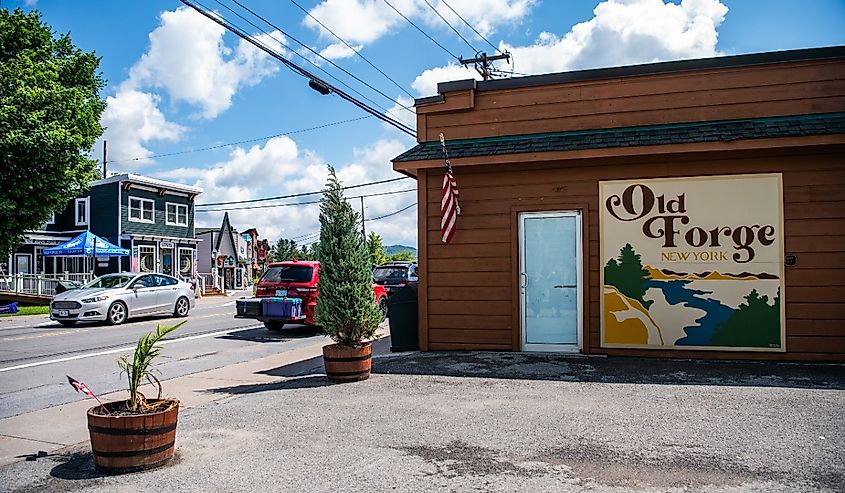
The Town of Webb climbs into some of the highest elevations of the Adirondack range, comprising several communities with clear differences in personality and purpose. Old Forge, its busiest hamlet, leans on the imagery of frontier towns, with worn wooden storefronts and long-standing souvenir shops lining the walkways through its central strip. Temperatures here can drop lower than anywhere else in New York State, even during the warmer months, rendering a quiet walk through town unexpectedly brisk. The Adirondack Railroad’s Thendara Station provides Webb with one of its most engaging features. The train ride crosses the shifting waters of the Moose River and passes by timeworn stops such as Van Auken’s Inn, a hotel no longer in use but still pointed out on tours.
Those seeking daring tasks off the worn hills often detour to trails heading toward Bald and Bottle Mountains at over 2,000 feet. Surrounding lakes and small islands, including those around Bald Mountain Colony, allow for low-frill camping that makes the most of Webb’s open spaces. Twitchell Lake’s boat access connects its tight channels between quiet inlets for venturesome rides. The wooded borderlines stretch into the terrain east of Watson’s East Triangle Wild Forest. This adventurous area will appeal to true nature lovers.
Lake Placid
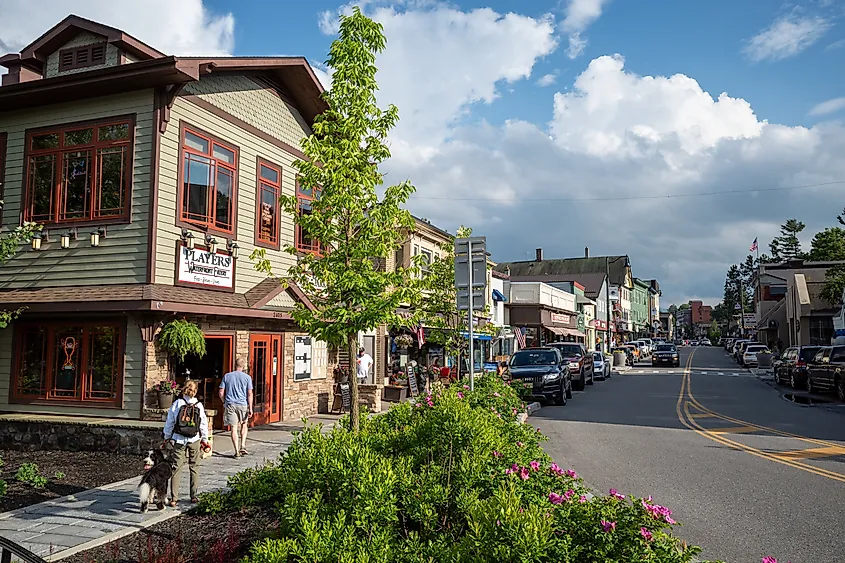
The Village of Lake Placid has established eminence for hosting two Winter Olympics, evolving as a major hub in alpine sports. The village’s Main Street is a concentrated stretch of small businesses, including multiple galleries such as Gallery 46 and Mid's Park, which faces Mirror Lake’s crystalline surface and Adirondack views. The legacy of the 1932 and 1980 games remains alive at the Olympic Jumping Complex and the Herb Brooks Arena. The Lake Placid Winter Olympic Museum celebrates some of the most cherished moments in United States sports history, particularly the "Miracle on Ice" hockey game against the Soviet Union, which was a pivotal moment in their gold medal run.
History also persists at the John Brown Farm State Historic Site, where the abolitionist’s home and gravesite welcome solemn reflection. To the south, wilderness endeavors to effect an entrance with the Adirondack High Peaks, Mount Jo, and Algonquin. Seasonal gatherings reinforce the region's ongoing relationship with sport and tourism, as the calendar stays active with events like Ironman Lake Placid, which calls athletes to demonstrate their potential in crowded swims, biking, and marathons. Lastly, the vast eponymous lake stretches alongside a gorgeous shoreline. Camp Minnowbrook, a historical ground once instrumental in early Adirondack conservation and public policy, sits nearby.
The Adirondacks Show What New York Leaves Untamed
The Adirondack Mountains reveal a version of New York that never learned to bend for postcards or polish for tourists. The prettiest of towns in this high-elevation territory claim entire chapters of history. The John Brown Farm preserves the area’s legacy in the fight for abolition. At the same time, Lake Placid still refreshes the vivid memory of the Olympic gold medal victory that saw a group of American skaters defeat the Soviet Union during the absolute height of the Cold War.
From the vast tree canopies of Tupper Lake to the chilled stillness of Lake Placid’s morning waters, the Adirondack Park reflects defiance, perseverance, and a raw human spirit. Visitors joyfully meet this character through daring high-altitude adventure sports and the preserved authenticity of each trail, cliff, and riverbed. Even the public lands and wildlife sanctuaries, as eminent as the High Peaks Wilderness Area, remain unspoiled, thanks to decades of determined stewardship. Unlike the Empire State’s urban zones that chase reinvention or the magnificent skyline facing the Atlantic Ocean, these towns hold their ground with a more elemental allure. The Adirondacks’ original blueprint remains both unfiltered and alive.
